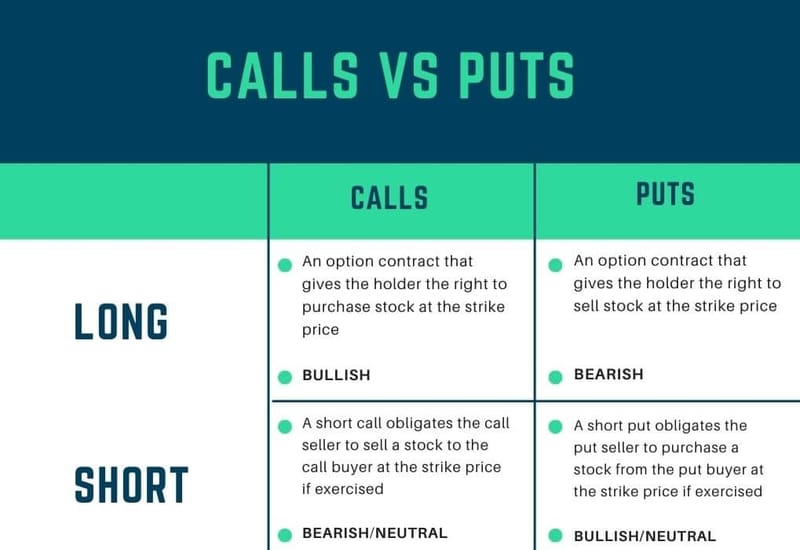Welcome, intrepid traders! Ever heard of options trading and wondered if it's some mythical creature lurking in the financial jungle? Well, fear not, for today we'll embark on a quest to demystify this often-misunderstood beast.
Imagine this: you have a strong hunch that a particular stock is about to soar (or plummet), but simply buying the shares feels a bit...vanilla. Enter options – financial instruments that unlock a world of possibilities beyond buy-and-hold. But before we delve into strategies, let's clear the fog.
The Options Lowdown:
An option contract grants you the right, but not the obligation, to buy or sell an underlying asset (like a stock, index, or even cryptocurrency) at a specific price (strike price) by a certain date (expiration date). It's like having a VIP pass to the market, allowing you to make calculated bets on its direction.
There are two main types of options:
Calls:If you think the asset will increase in value, you buy a call option. It gives you the right (but not the obligation) to buy the asset at the strike price by the expiration date. Think of it as securing the right to buy something at a discounted price, hoping it appreciates before you have to decide.
Puts: If you believe the asset will decrease in value, you buy a put option. This grants you the right (but not the obligation) to sell the asset at the strike price by the expiration date. Imagine having insurance against a downturn – you lock in a selling price even if the market crashes.

Why Choose Options?
While options might seem complex, they offer distinct advantages over traditional stock buying:
Leverage: Control a larger position with less capital compared to buying outright. Imagine buying 10 call options for a stock, essentially controlling 100 shares without needing the full investment.
Income generation: Sell options contracts (covered calls or cash-secured puts) to collect premium income, even if the market stays flat. Think of it as renting out your investment for a fee.
Hedging: Protect your existing portfolio from potential losses by using options as insurance. Like having an umbrella in case of a financial storm.
But remember, with great power comes great responsibility:
Risk: Options are inherently risky. Unlike regular stocks, you can lose your entire investment, even if the underlying asset moves in the right direction (but not enough).
Time decay: As the expiration date approaches, the value of an option steadily decreases, even if the underlying asset price stays the same. Think of it like fresh bread – its value depreciates over time.
Complexity: There's a learning curve involved. Understanding different option strategies, greeks (measures of option sensitivity), and market dynamics is crucial for making informed decisions.
Your Options Odyssey Begins:
Ready to explore the options arena? Here are some tips for your journey:
Start small: Begin with small positions and paper trading (simulated trading) to understand the mechanics before risking real capital.
Educate yourself: Read books, articles, and watch tutorials to grasp the basics and different strategies. Remember, knowledge is power.
Find a mentor or community: Connect with experienced options traders for guidance and support. Learning from others can accelerate your progress.
Practice risk management: Set clear stop-loss limits and stick to them. Don't let emotions cloud your judgment.
Focus on the long game: Options are versatile tools, but mastering them takes time and dedication. Be patient and persistent in your learning journey.
Remember, options trading isn't a get-rich-quick scheme. It's a powerful tool that requires proper understanding and responsible use. Approach it with caution, discipline, and a thirst for knowledge, and it can unlock exciting possibilities in your investment journey. So, buckle up, fellow investors, and embark on your options odyssey!



 Made with Superblog
Made with Superblog